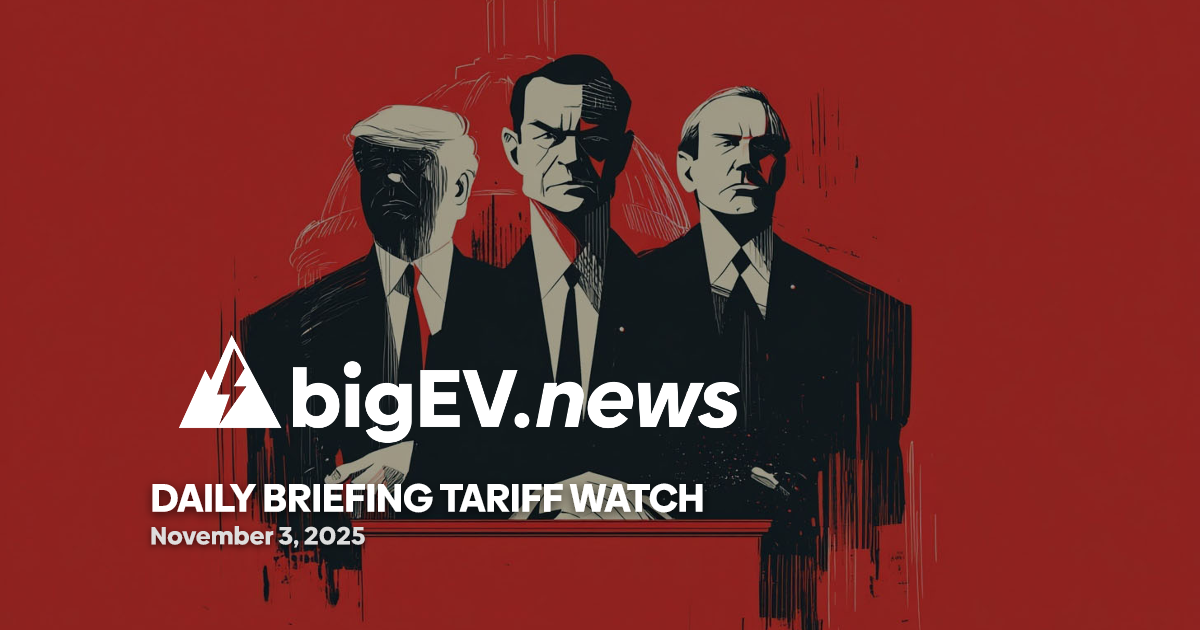At a glance – In the past 24 hours, the US government has enacted sweeping tariff measures and trade restrictions that are reverberating through global supply chains. The White House has doubled tariffs on steel and aluminum imports from 25% to 50%, effective June 4, 2025, under Section 232 authority. This move, announced via presidential proclamation, is designed to bolster domestic metal producers but is already prompting concern among US manufacturers reliant on imported inputs. Simultaneously, the US has finalized a new agreement with China to reduce tariffs and end recent retaliatory measures, but significant baseline tariffs remain in place. These developments are compounded by a series of new reciprocal tariffs on imports from multiple countries, with exceptions for critical sectors such as pharmaceuticals, semiconductors, and energy products. The cumulative effect is a rapidly shifting tariff landscape, with immediate implications for cost structures, sourcing strategies, and compliance requirements across the manufacturing and logistics sectors.
Technology advance – The US government’s latest executive order, effective August 1, 2025, imposes a 50% tariff on semi-finished copper products and “copper-intensive” derivative goods, including pipes, wires, rods, cables, connectors, and electrical components. This action is expected to significantly impact the electronics, automotive, and renewable energy sectors, which are heavily dependent on copper-based components. Industry analysts warn that the increased costs could slow the rollout of new electric vehicle models and delay grid modernization projects. Companies such as Tesla and General Electric, which have major US manufacturing operations, are reportedly reassessing their supply chains and inventory strategies in response to the new copper tariffs. The executive order also includes a provision for a 10% reciprocal tariff on imports from countries not specifically listed, further complicating procurement for technology manufacturers.
Partnerships – In a notable diplomatic development, the US and China have reached an agreement to lower tariffs and suspend recent retaliatory measures, effective May 14, 2025. Under the deal, the US will reduce tariffs on Chinese imports from 145% to 30%, while China will lower its retaliatory tariffs on US goods from 125% to 10%. China has also agreed to suspend non-tariff countermeasures and remove additional tariffs announced since April 2025. This agreement, while easing some immediate trade tensions, leaves in place a complex web of stackable tariffs that continue to affect a wide range of goods. US exporters of agricultural products, machinery, and consumer electronics are expected to benefit from improved market access, but logistics providers caution that ongoing tariff complexity will require enhanced compliance monitoring and agile supply chain management.
Acquisitions/expansions – The latest round of reciprocal tariffs has prompted several multinational manufacturers to accelerate plans for supply chain diversification and domestic capacity expansion. Siemens Energy announced a $500 million investment in its North Carolina turbine blade facility, citing the need to mitigate exposure to imported steel and aluminum now subject to the doubled 50% tariff. Similarly, Flextronics is expanding its Austin, Texas, electronics assembly plant to reduce reliance on copper-intensive imports from Asia. These moves reflect a broader trend among US-based manufacturers to localize production and secure alternative sources of critical inputs in response to escalating trade barriers. Industry observers note that such expansions are likely to drive up short-term capital expenditures while potentially enhancing long-term supply chain resilience.
Regulatory/policy – In a major policy shift, President Trump has issued an executive order suspending the de minimis exemption for low-value imports, effective August 29, 2025. This exemption previously allowed goods valued under $800 to enter the US duty-free, a practice widely used by e-commerce giants such as Amazon and Shein. The suspension is expected to increase customs duties on millions of small parcels, raising costs for US consumers and online retailers. Trade attorneys warn that the new policy will require significant adjustments to customs compliance systems and could lead to delays at major US ports. The executive order also introduces a 25% tariff on all goods from India, with an additional 25% penalty for India’s continued importation of Russian oil, bringing the total tariff rate for Indian imports to 50% by late August. These measures are likely to disrupt established supply chains for apparel, pharmaceuticals, and IT hardware sourced from India.
Finance/business – The financial impact of these tariff and trade policy shifts is already being felt across US manufacturing and retail sectors. The National Association of Manufacturers reports that the doubling of steel and aluminum tariffs has led to a 12% spike in input costs for US automotive and appliance producers in the past week alone. Retailers are bracing for higher landed costs on imported consumer goods, particularly as the de minimis suspension takes effect. Meanwhile, logistics firms such as DSV and Maersk are advising clients to review their tariff classifications and consider alternative sourcing options to manage rising costs and compliance risks. Equity analysts at Morgan Stanley have revised earnings forecasts downward for several US-based multinationals with significant exposure to tariff-affected supply chains, citing increased volatility and uncertainty in global trade flows.
Sources: DSV, The Vision Council, Siemens Energy, Flextronics, National Association of Manufacturers, Morgan Stanley









